Home>Gardening & Outdoor>Pool & Spa Care>What Happens If A Hot Tub Freezes
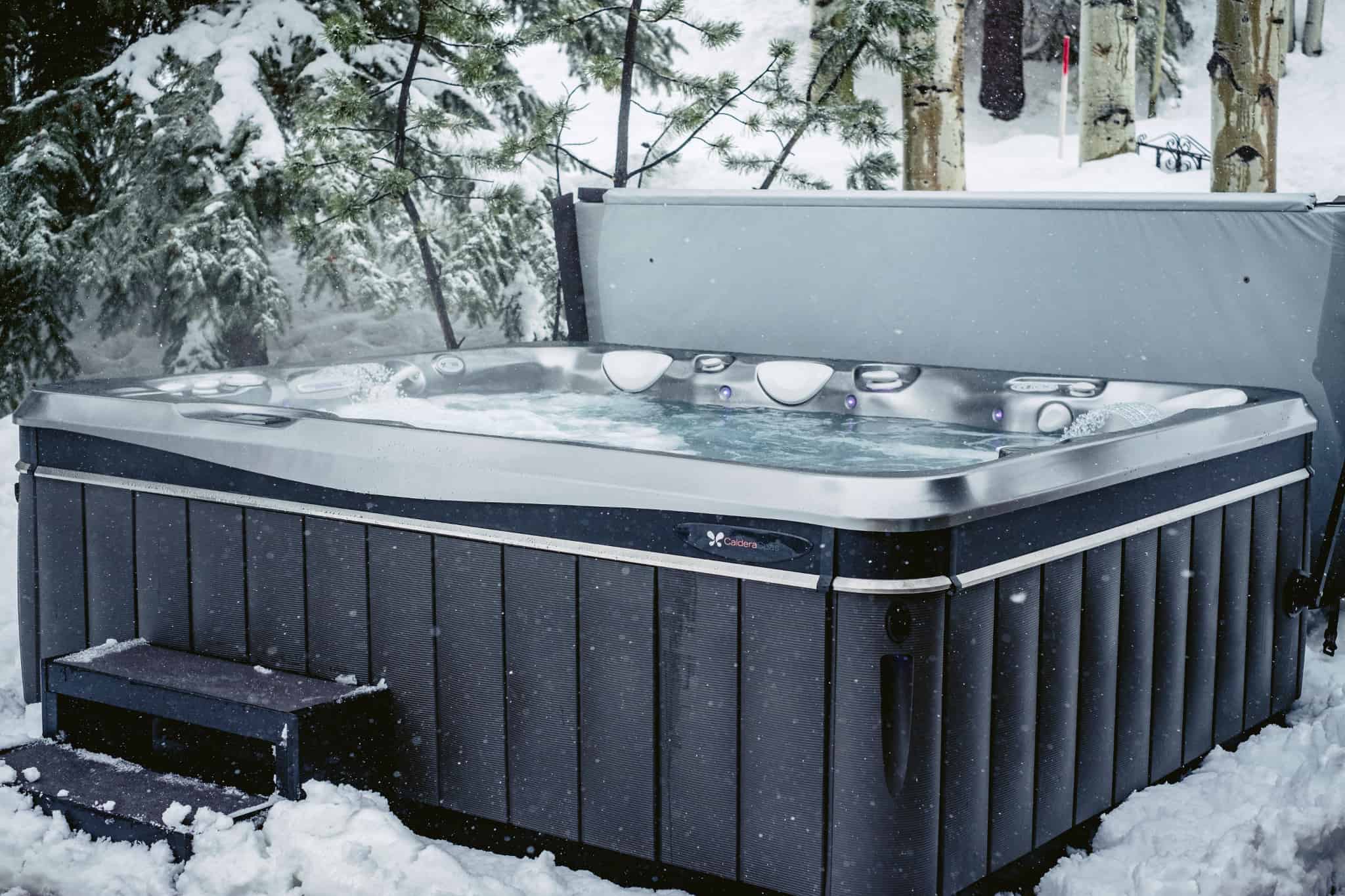

Pool & Spa Care
What Happens If A Hot Tub Freezes
Modified: January 6, 2024
Discover what happens if a hot tub freezes and how to prevent damage with proper pool and spa care. Learn the best practices for winterizing your hot tub.
(Many of the links in this article redirect to a specific reviewed product. Your purchase of these products through affiliate links helps to generate commission for Storables.com, at no extra cost. Learn more)
Introduction
Welcome to the wonderful world of hot tubs, where relaxation and rejuvenation await. Picture this: a chilly evening, a starry sky above, and the warm embrace of your bubbling hot tub. It’s a scene straight out of a dream, until the unexpected happens – a sudden drop in temperature, leading to the frightening possibility of your hot tub freezing. But fear not, for in this article, we will delve into the effects of freezing temperatures on hot tubs and equip you with the knowledge to prevent and address any potential issues that may arise.
As the seasons change and winter approaches, it’s crucial to understand the implications of freezing temperatures on your hot tub. From the science behind the freezing process to the practical steps for prevention and resolution, we’ll cover it all. So, sit back, relax, and let’s explore the fascinating intersection of hot tubs and freezing temperatures.
Key Takeaways:
- Hot tubs can freeze in cold temperatures, causing structural and mechanical damage. Prevent freezing by maintaining heat, insulating, and using a cover. Swift action and professional help can restore a frozen hot tub.
- Freezing temperatures can damage hot tubs, affecting structure, plumbing, and water quality. Thaw naturally, assess damage, and restore water chemistry. Prevent freezing with insulation, heating, and regular maintenance.
Read more: What Happens If PH Is Too High In Hot Tub
Understanding Freezing Temperatures and Hot Tubs
Before we dive into the potential consequences of freezing temperatures on hot tubs, let’s unravel the science behind this phenomenon. Water, the lifeblood of hot tubs, undergoes a remarkable transformation as temperatures plummet. When the ambient temperature drops below the freezing point of water (32°F or 0°C), the liquid water in your hot tub begins its metamorphosis into solid ice.
As water transitions from a liquid state to a solid state, it expands. This expansion can exert immense pressure on the walls and plumbing of your hot tub, leading to potential damage. Additionally, the freezing process can compromise the structural integrity of various components, including the pump, pipes, and fittings. The consequences of a frozen hot tub can be far-reaching, ranging from minor inconveniences to costly repairs.
Moreover, the impact of freezing temperatures extends beyond the physical structure of the hot tub. The freezing and thawing cycle can disrupt the delicate balance of water chemistry, potentially affecting the quality and safety of the water. Understanding the interplay between freezing temperatures and hot tubs empowers you to take proactive measures to safeguard your investment and preserve the enjoyment of your hot tub experience.
Potential Damage to Hot Tubs from Freezing
When freezing temperatures encroach upon your hot tub oasis, a host of potential damages lurk in the icy shadows. The consequences of a frozen hot tub can manifest in various forms, each posing a unique set of challenges. Understanding these potential damages is essential for grasping the gravity of the situation and taking prompt, targeted action to mitigate the impact.
One of the most immediate concerns when a hot tub freezes is the risk of structural damage. As water expands during the freezing process, it exerts formidable pressure on the walls and components of the hot tub. This can lead to cracks, fractures, or even ruptures in the structure, compromising its integrity and functionality. The plumbing, including pipes, hoses, and fittings, is especially vulnerable to damage from the expansion of freezing water, potentially causing leaks and impairing the circulation system.
Furthermore, the freezing and thawing cycle can wreak havoc on the mechanical components of the hot tub. The pump, heater, and control systems may suffer from the adverse effects of extreme temperature fluctuations, leading to malfunctions or complete failure. The electrical components, including wiring and connectors, are also at risk, posing safety hazards and operational issues.
Another insidious consequence of a frozen hot tub is the potential disruption of water chemistry. The freezing process can alter the balance of chemicals in the water, affecting its clarity, sanitation, and overall quality. This not only diminishes the enjoyment of the hot tub experience but also poses health risks to users if left unaddressed.
As we unravel the potential damages caused by freezing temperatures, it becomes evident that the ramifications extend beyond mere inconvenience. The structural, mechanical, and chemical integrity of the hot tub is at stake, emphasizing the critical importance of preventive measures and swift remedial action in the event of a freeze.
To prevent a hot tub from freezing, keep it running and maintain the water temperature above 32°F. If you won’t be using it during winter, drain the water and winterize the tub to prevent damage.
Steps to Take if Your Hot Tub Freezes
Discovering that your hot tub has succumbed to freezing temperatures can be a distressing experience, but swift and decisive action can mitigate the extent of the damage. If you find yourself facing a frozen hot tub, here are the crucial steps to take to address the situation and restore your beloved oasis to its former glory:
- Assess the Damage: Begin by carefully inspecting the hot tub for any visible signs of damage, such as cracks, leaks, or structural compromises. Take note of any mechanical or electrical components that may have been affected by the freeze.
- Thaw the Hot Tub: If the water in your hot tub has frozen, resist the urge to forcibly thaw it using external heat sources, as this can exacerbate the damage. Instead, allow the ice to thaw naturally by raising the ambient temperature and exposing the hot tub to sunlight, if possible.
- Check the Plumbing: Once the ice has melted, carefully examine the plumbing system for any signs of damage or leaks. It’s essential to address any compromised pipes, hoses, or fittings to prevent water loss and ensure proper circulation.
- Inspect Mechanical Components: Evaluate the condition of the pump, heater, and control systems to determine if they have been impacted by the freeze. Look for any malfunctions or irregularities that may require professional attention.
- Restore Water Chemistry: Test the water for proper chemical balance and sanitation levels. Adjust the water chemistry as needed to restore clarity and safety, ensuring a pristine hot tub experience for future use.
- Seek Professional Assistance: If you encounter significant damage or persistent issues after a hot tub freeze, don’t hesitate to enlist the expertise of a qualified hot tub technician. Professional assessment and repairs may be necessary to address complex damages effectively.
By following these essential steps, you can navigate the aftermath of a hot tub freeze with confidence and precision. Taking proactive measures to assess, thaw, and restore your hot tub ensures that it remains a source of relaxation and enjoyment for years to come.
Preventing Hot Tub Freezing in the Future
As the adage goes, “an ounce of prevention is worth a pound of cure.” When it comes to safeguarding your hot tub from the perils of freezing temperatures, proactive prevention is paramount. By implementing a few simple yet effective measures, you can shield your hot tub from the potentially devastating consequences of freezing and ensure uninterrupted enjoyment throughout the colder months.
- Maintain Adequate Heating: Keeping your hot tub consistently heated to an appropriate temperature, even when not in use, is a fundamental preventive measure. This helps prevent the water from reaching freezing temperatures, mitigating the risk of damage due to ice formation.
- Insulate Exposed Components: Insulating the plumbing, particularly exposed pipes and fittings, can provide an additional layer of protection against freezing. Utilize specialized pipe insulation or heat tape to safeguard vulnerable areas from the chilling effects of winter.
- Utilize a Hot Tub Cover: A high-quality, well-fitted hot tub cover is an invaluable asset in preventing freezing. When not in use, securely cover your hot tub to retain heat and shield it from the frigid outdoor environment.
- Monitor Weather Forecasts: Stay vigilant about upcoming weather conditions, especially when freezing temperatures are anticipated. Take preemptive action by adjusting the hot tub settings and implementing protective measures in advance of cold spells.
- Implement Freeze Protection Features: Many modern hot tubs are equipped with freeze protection settings that automatically activate when temperatures approach freezing levels. Familiarize yourself with these features and ensure they are properly configured for optimal protection.
- Regular Maintenance and Inspections: Conduct routine maintenance and inspections of your hot tub, paying close attention to the integrity of the plumbing, insulation, and heating systems. Promptly address any issues or vulnerabilities to fortify your hot tub against freezing.
By integrating these preventive strategies into your hot tub care routine, you can fortify your oasis against the chilling grasp of freezing temperatures. Proactive maintenance, vigilant monitoring, and strategic insulation are the cornerstones of a robust defense against the potential damages wrought by winter’s icy touch.
Read more: How To Keep Hot Tub From Freezing
Conclusion
As we conclude our exploration of the intersection between freezing temperatures and hot tubs, it becomes evident that the impact of winter’s chill extends far beyond mere inconvenience. The potential damages inflicted by freezing temperatures on hot tubs underscore the importance of proactive prevention and swift remedial action. By understanding the science behind freezing, recognizing the potential damages, and implementing preventive measures, you can safeguard your hot tub from the perils of winter and preserve its pristine condition for years to come.
Should the unexpected occur and your hot tub succumb to freezing temperatures, the steps outlined in this article serve as a guide for addressing the aftermath with confidence and precision. Thawing the hot tub, assessing damages, and restoring its functionality and water quality are essential components of the recovery process. Additionally, seeking professional assistance when necessary ensures that complex damages are effectively addressed, restoring your hot tub to its optimal state.
Looking ahead, the preventive measures discussed offer a proactive defense against the potential ravages of freezing temperatures. From maintaining adequate heating and insulation to leveraging technological features and diligent maintenance, these strategies fortify your hot tub against the chilling embrace of winter, allowing you to enjoy its warmth and relaxation without interruption.
As you embark on your hot tub care journey, remember that knowledge and vigilance are your greatest allies. By staying informed, implementing preventive measures, and promptly addressing any issues that arise, you can nurture a hot tub oasis that thrives in all seasons, resilient against the icy grip of winter.
So, embrace the warmth, soak in the serenity, and revel in the joy of your hot tub oasis, knowing that you are well-equipped to navigate the challenges of freezing temperatures with confidence and grace.
Frequently Asked Questions about What Happens If A Hot Tub Freezes
Was this page helpful?
At Storables.com, we guarantee accurate and reliable information. Our content, validated by Expert Board Contributors, is crafted following stringent Editorial Policies. We're committed to providing you with well-researched, expert-backed insights for all your informational needs.
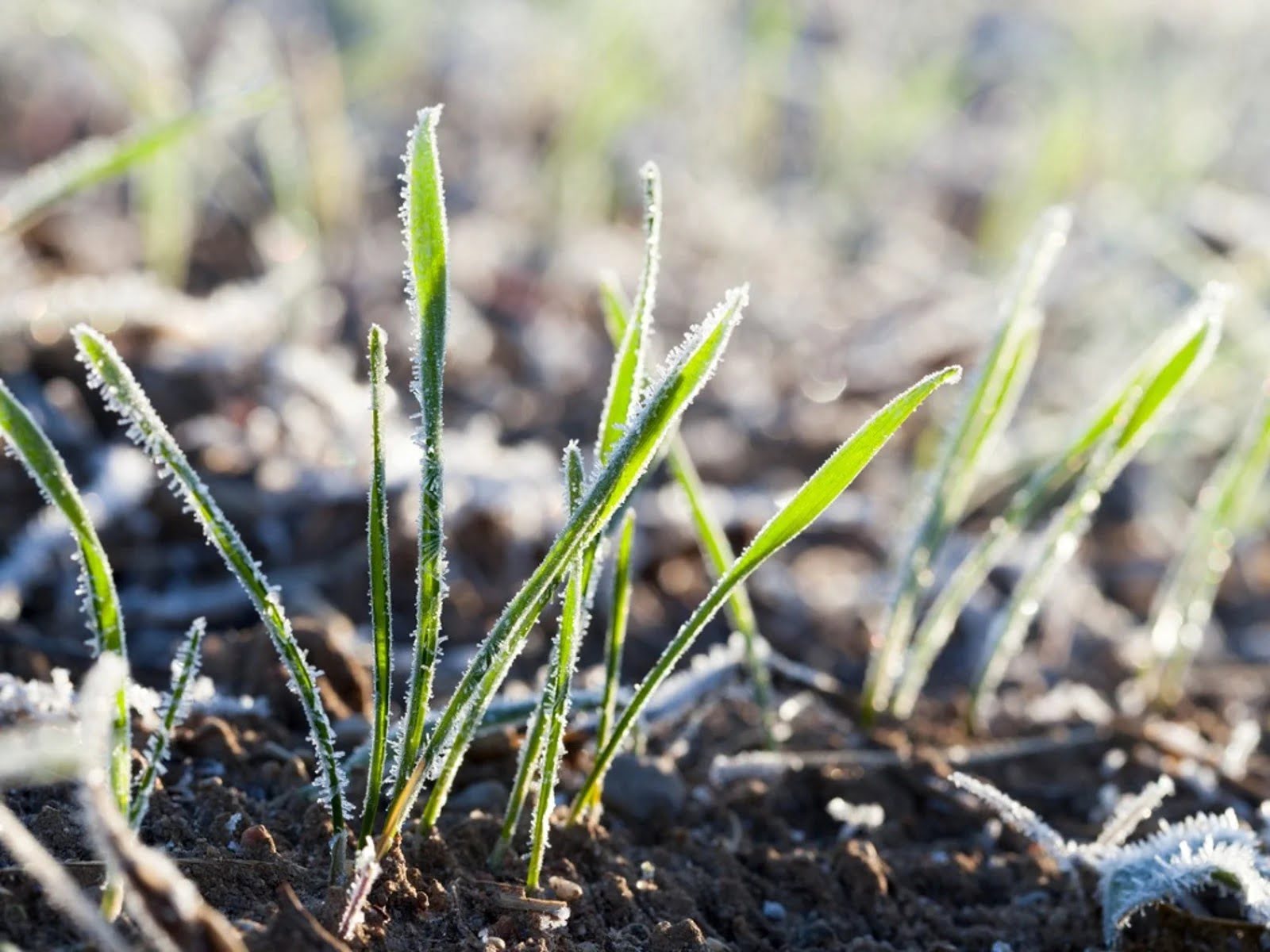
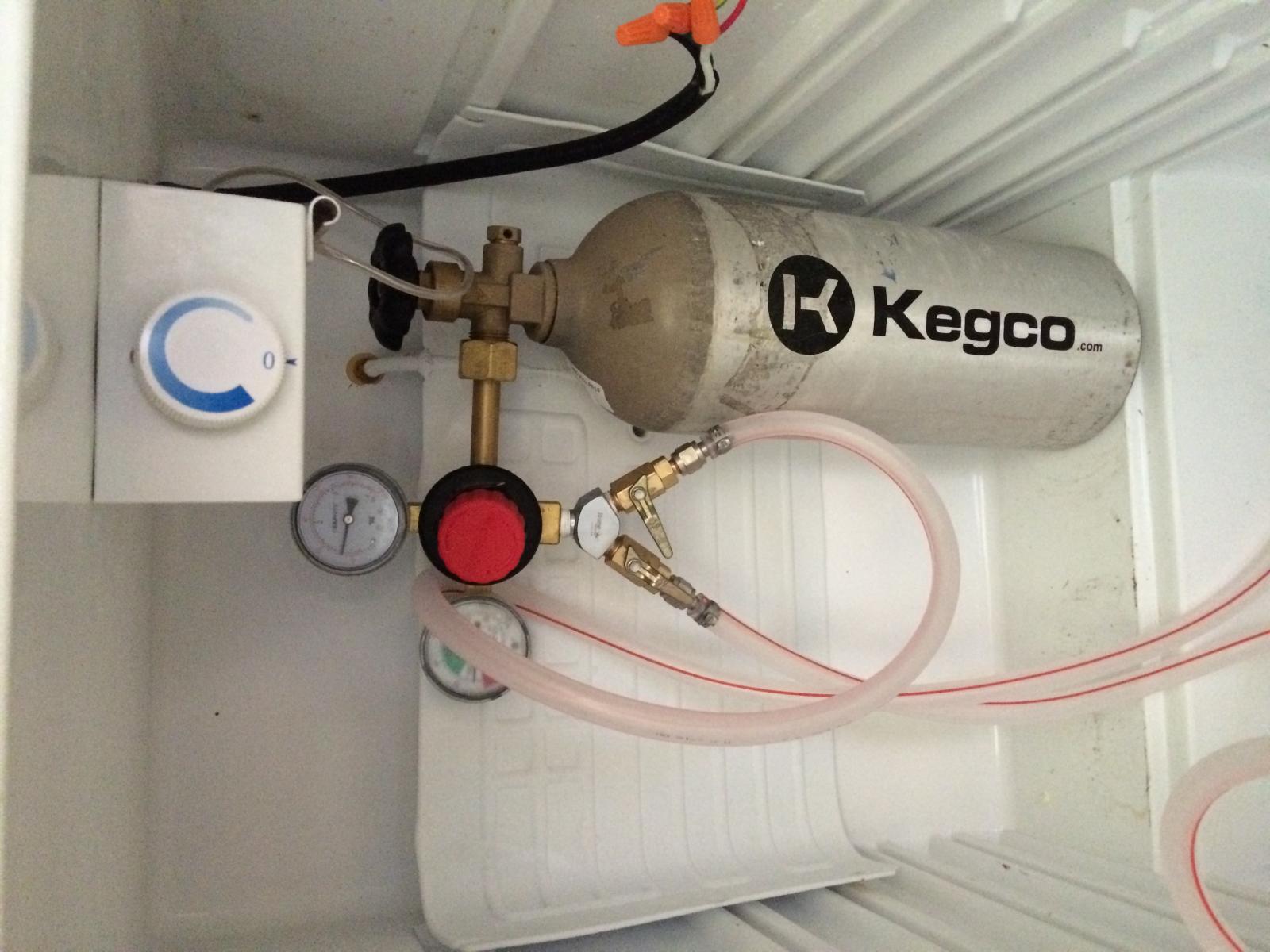
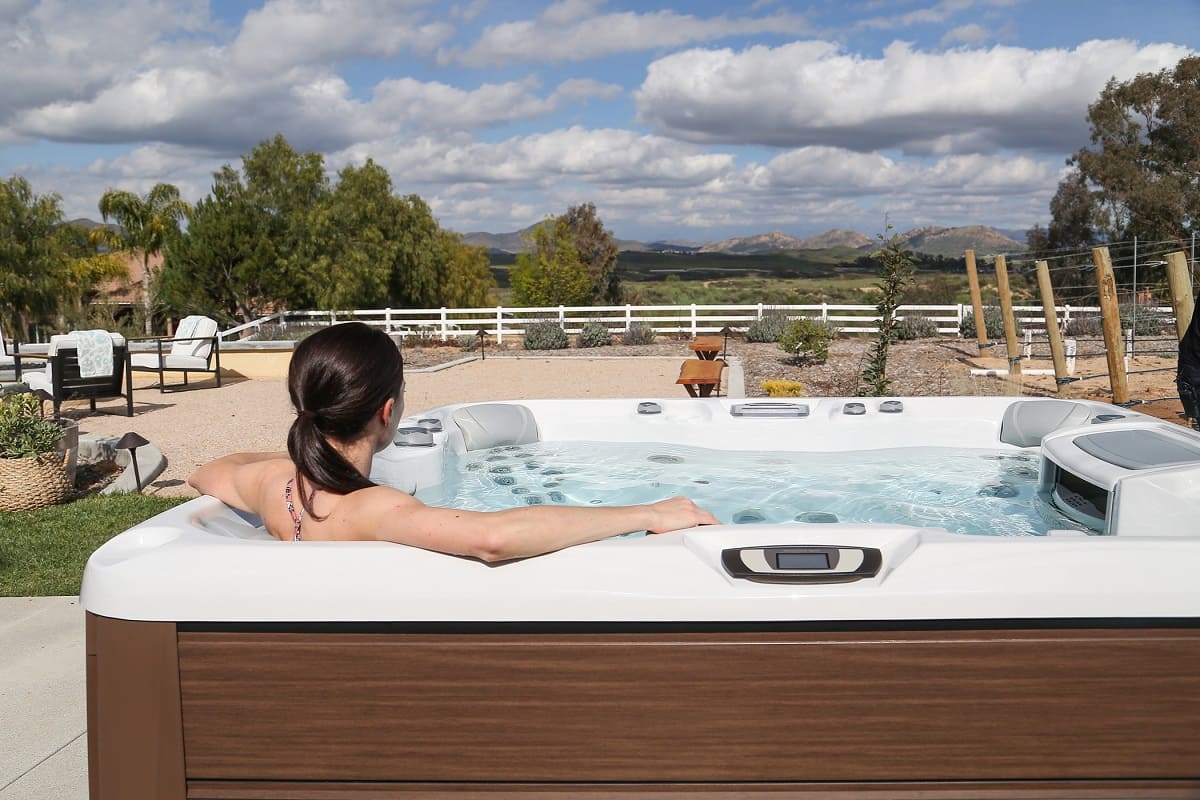
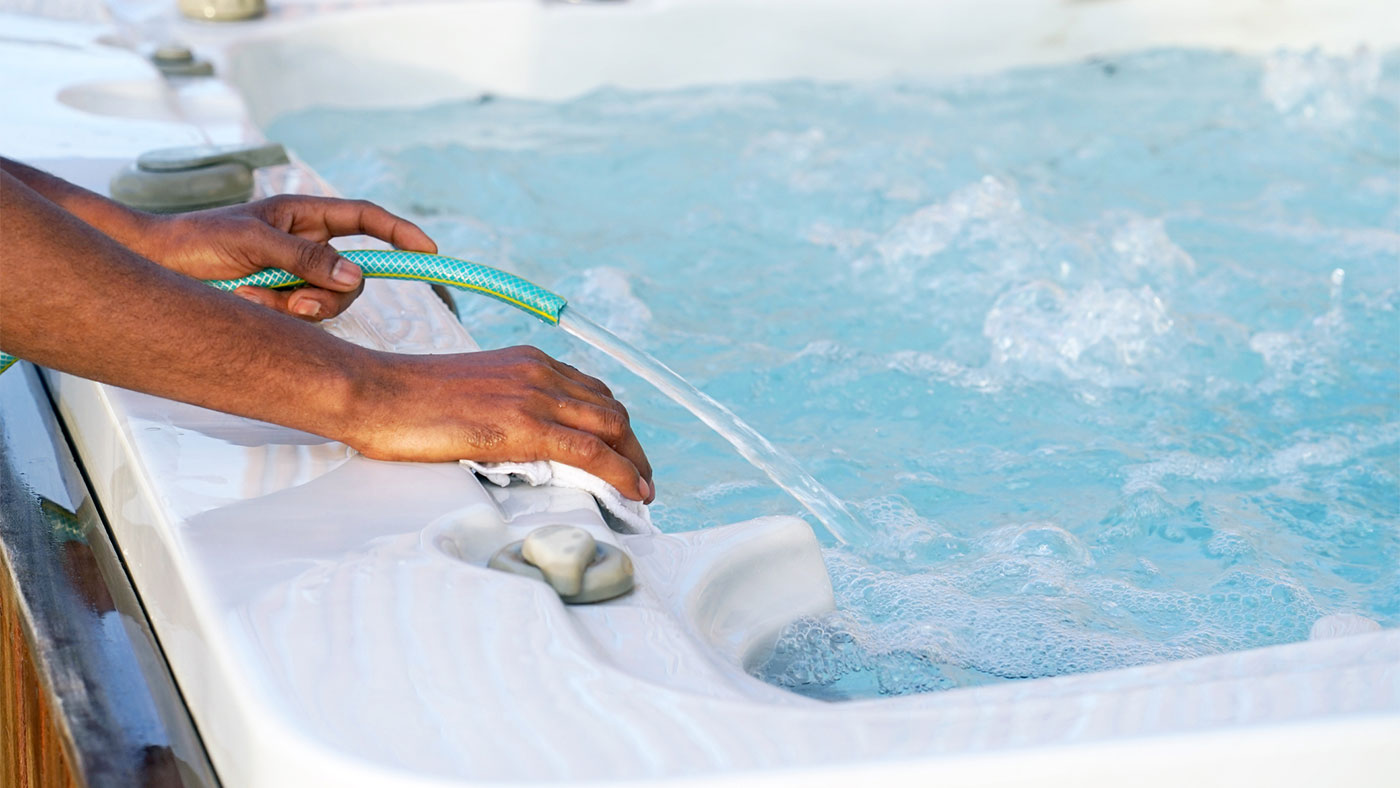
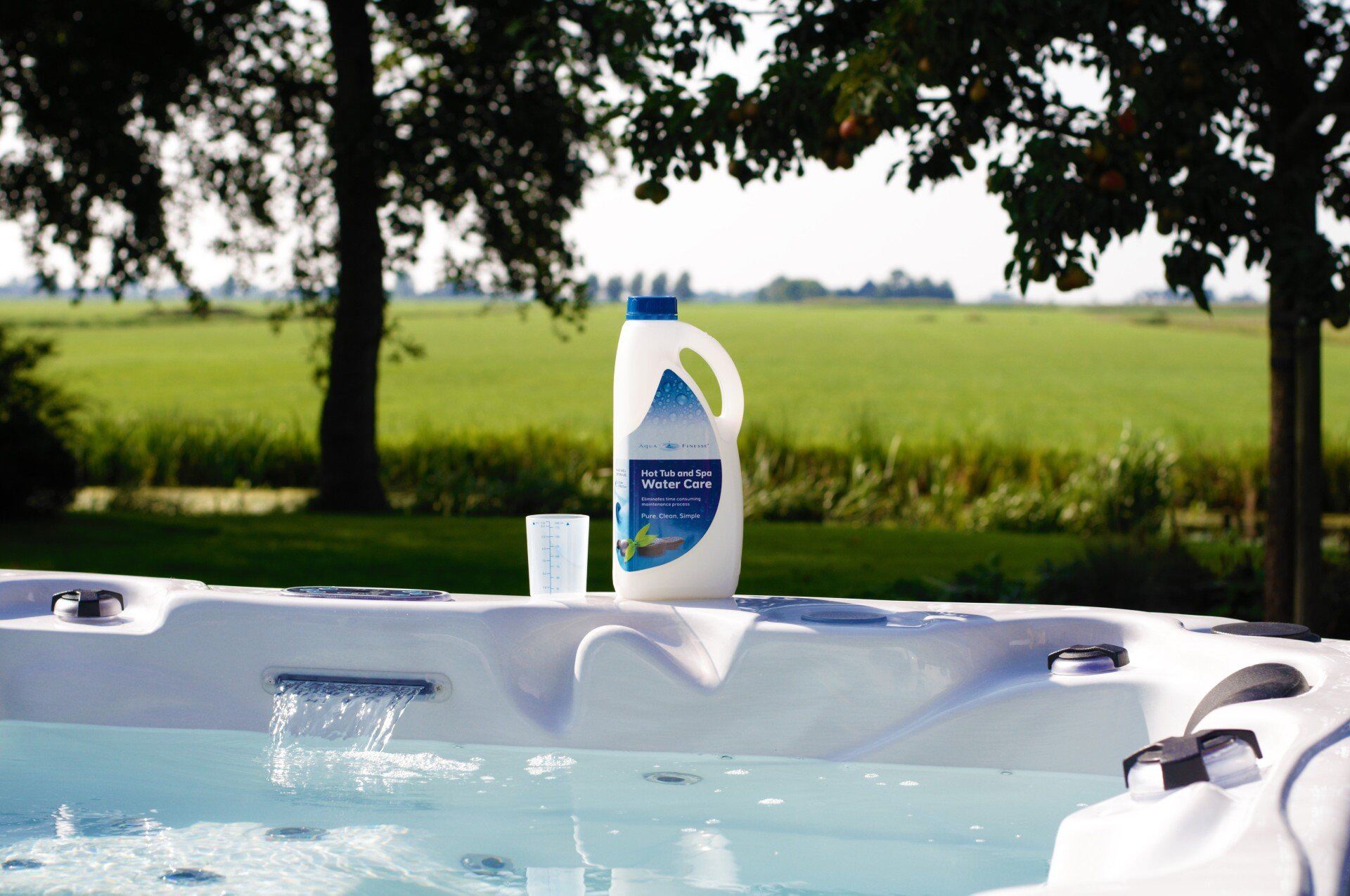
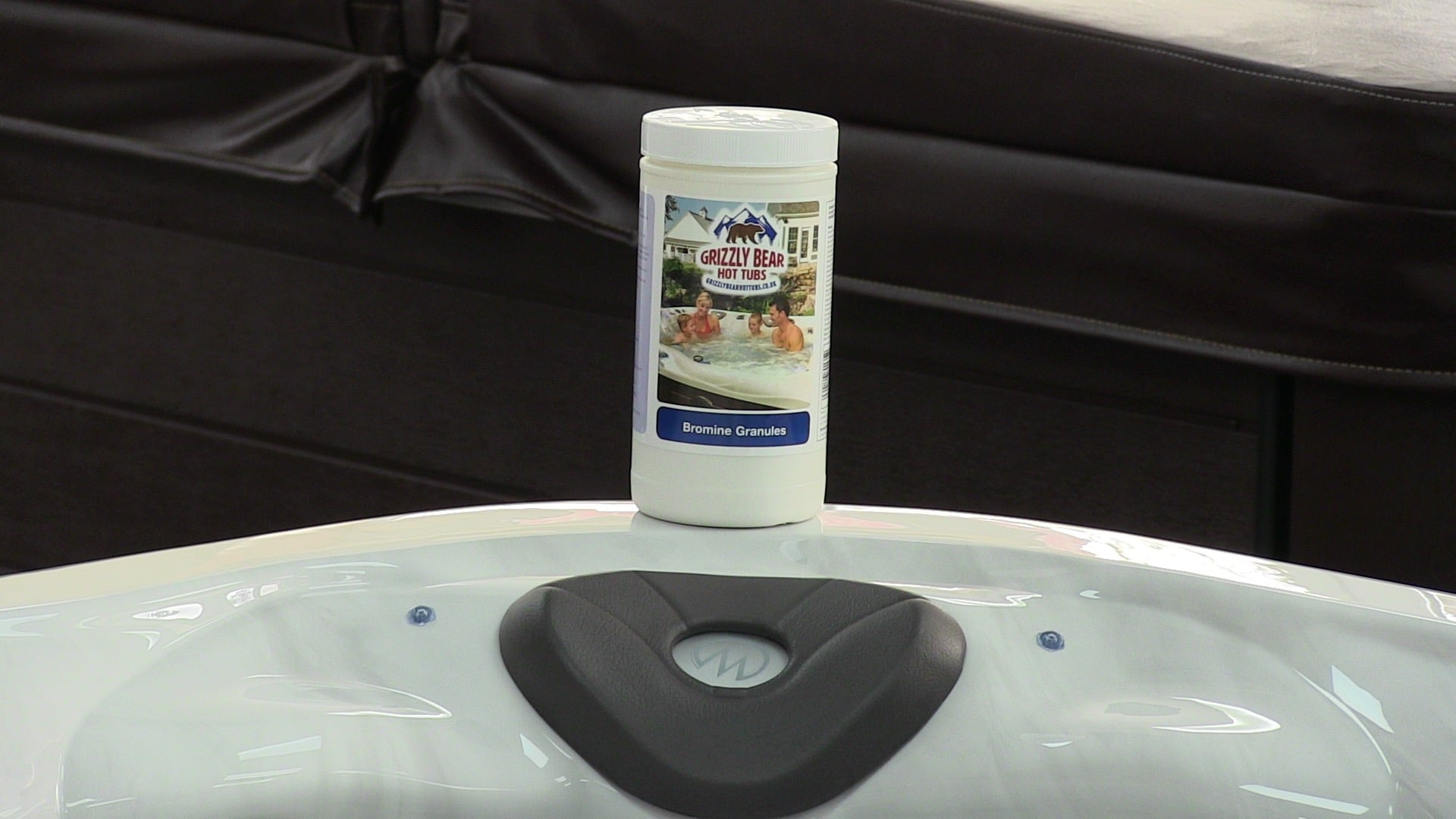
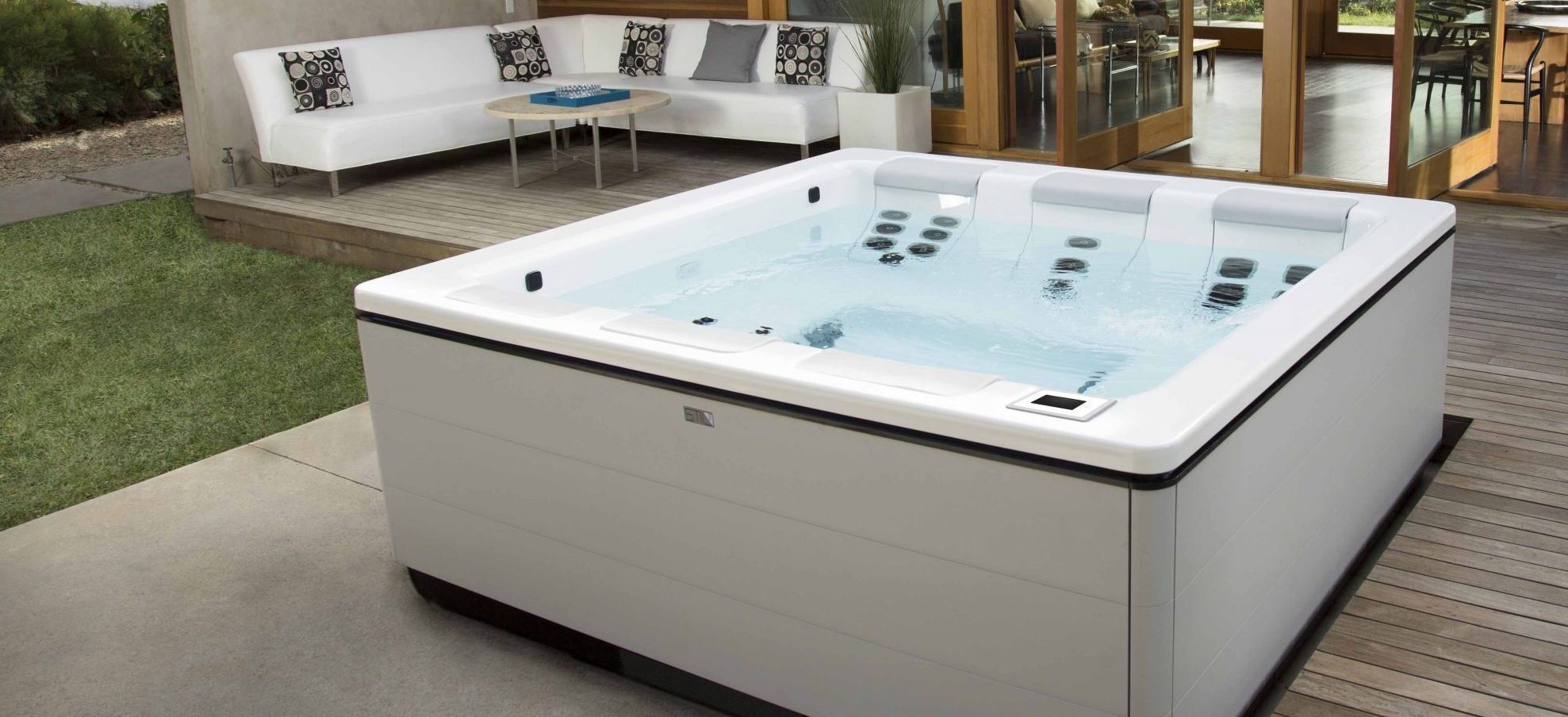
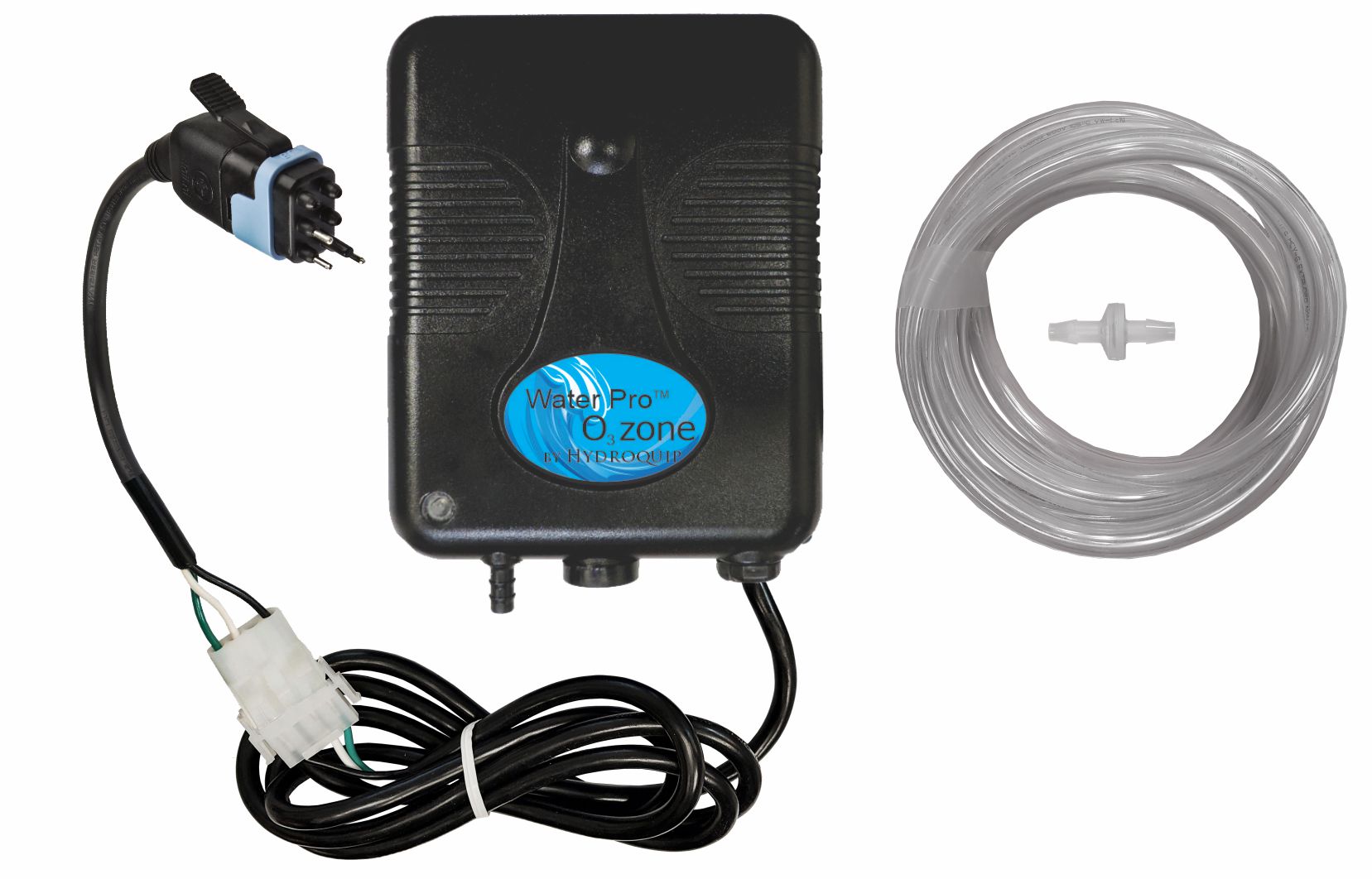
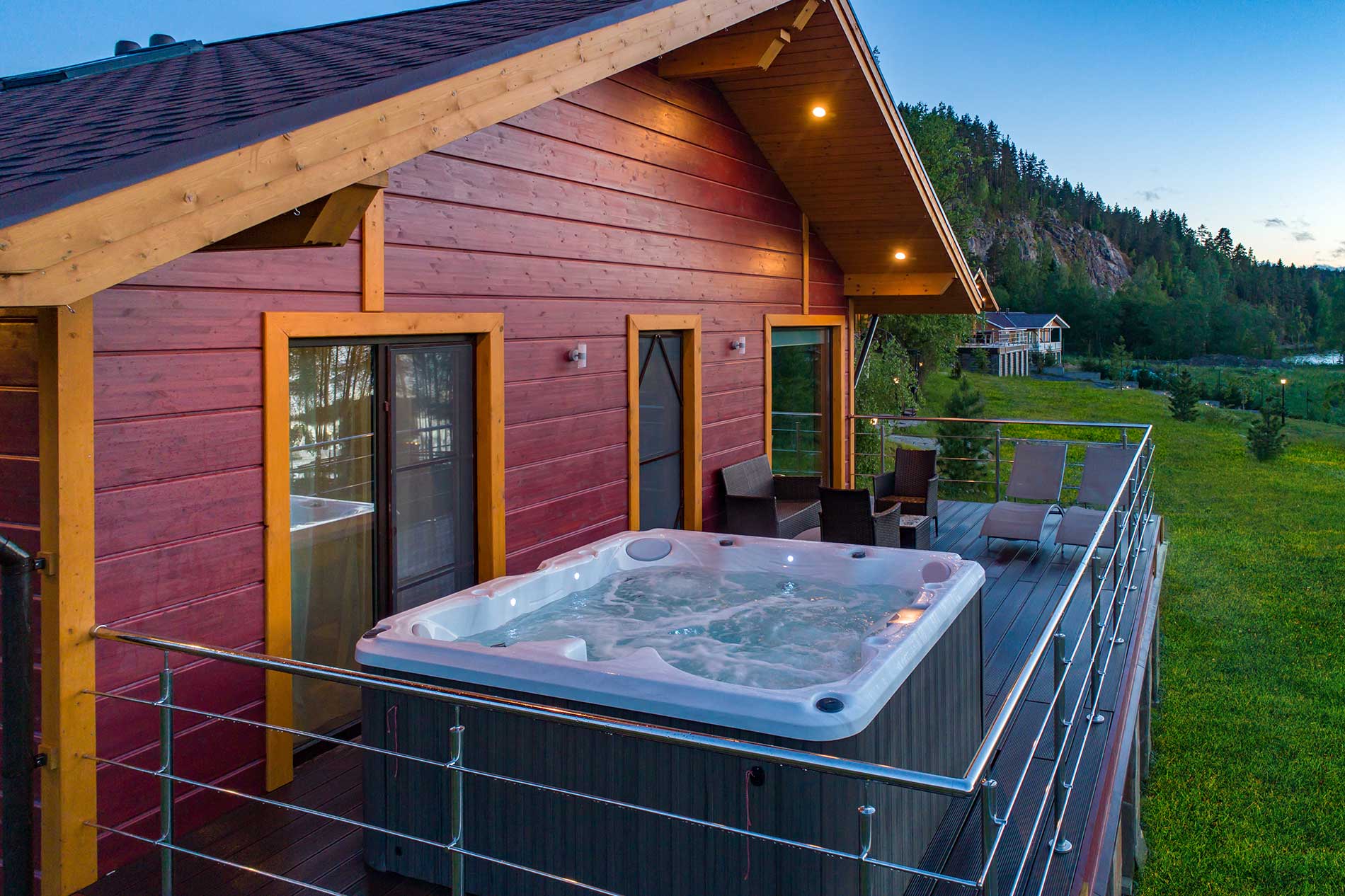
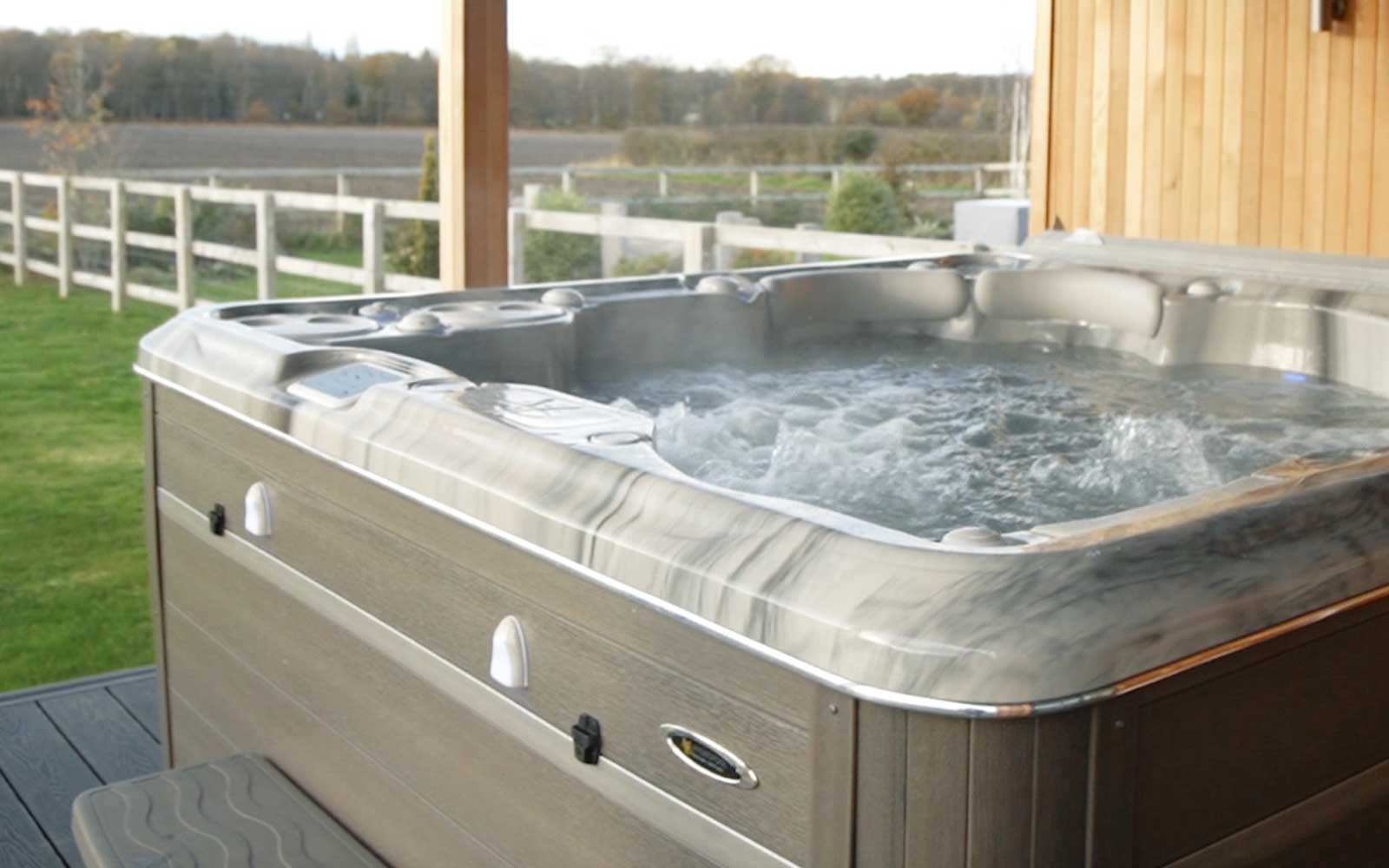
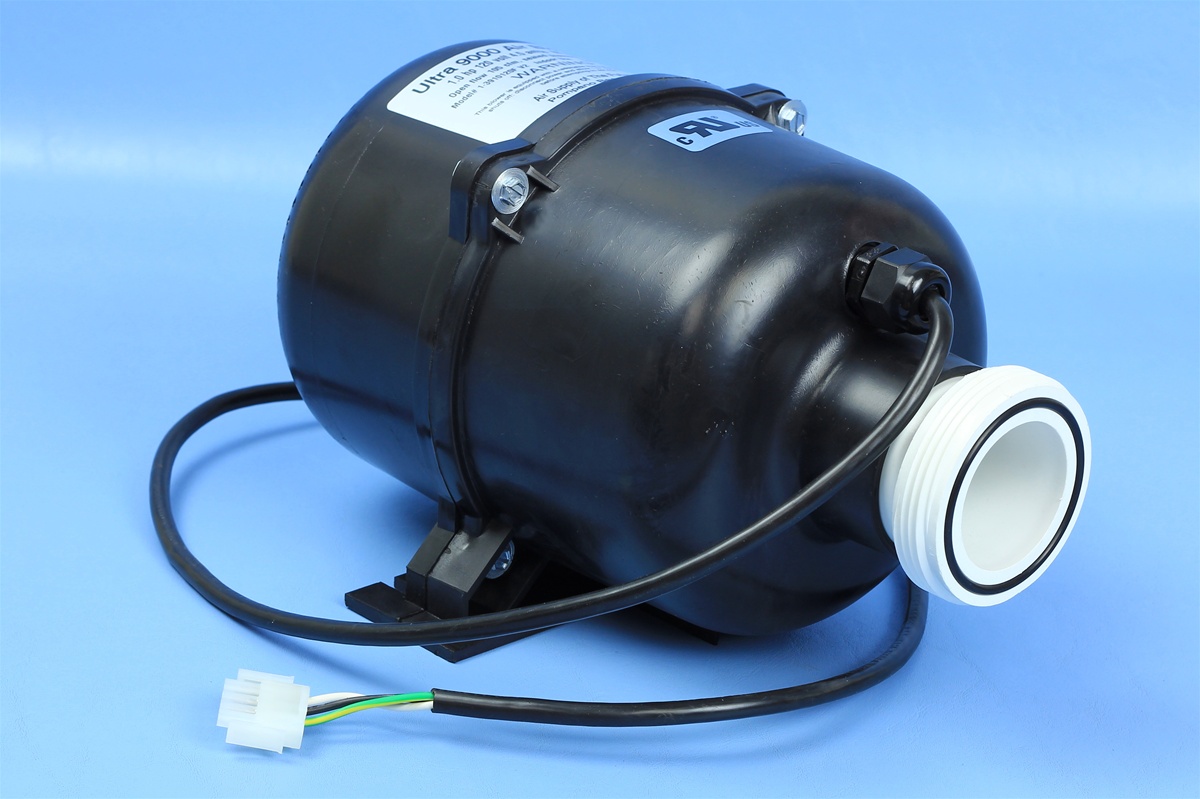
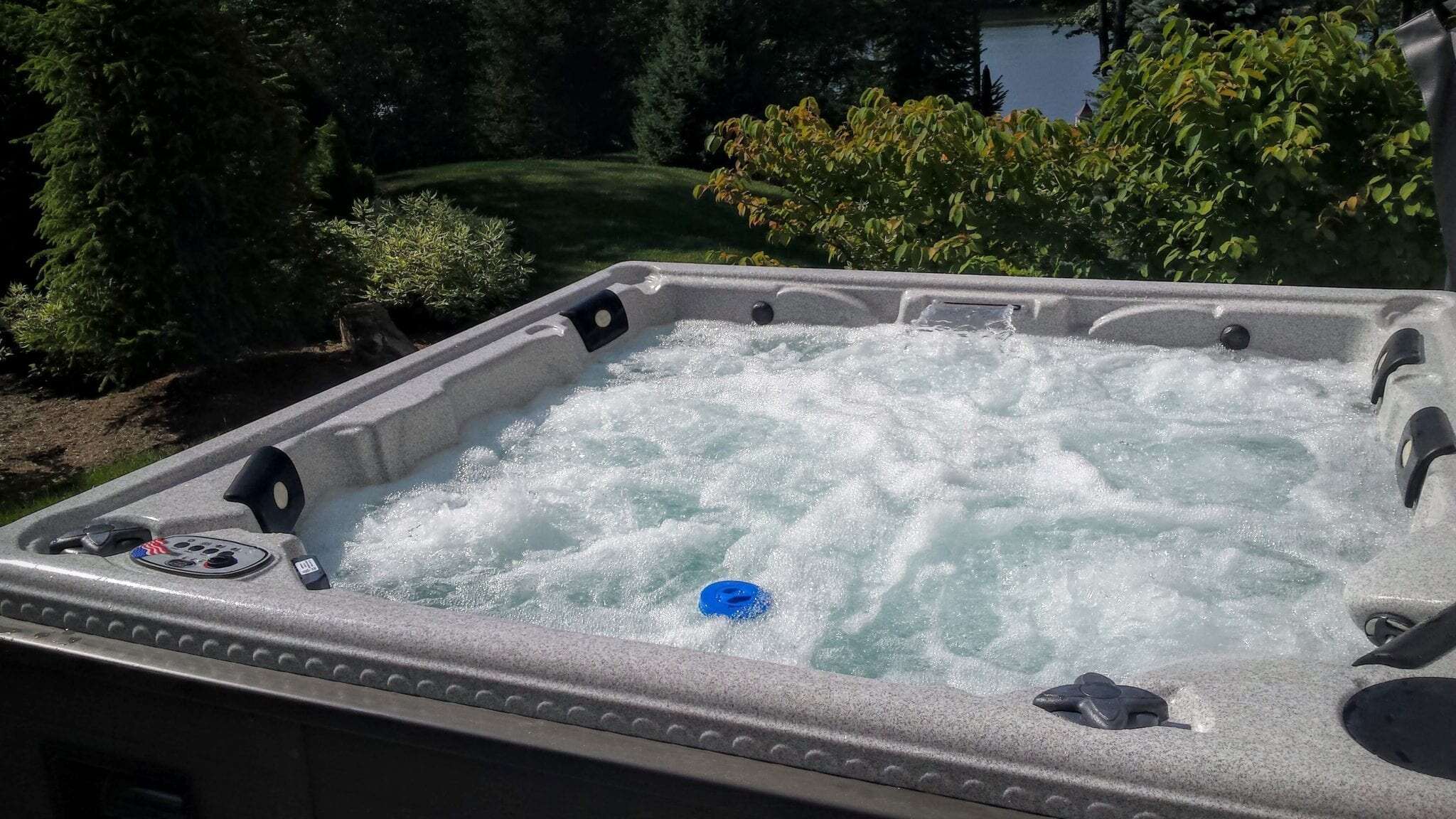
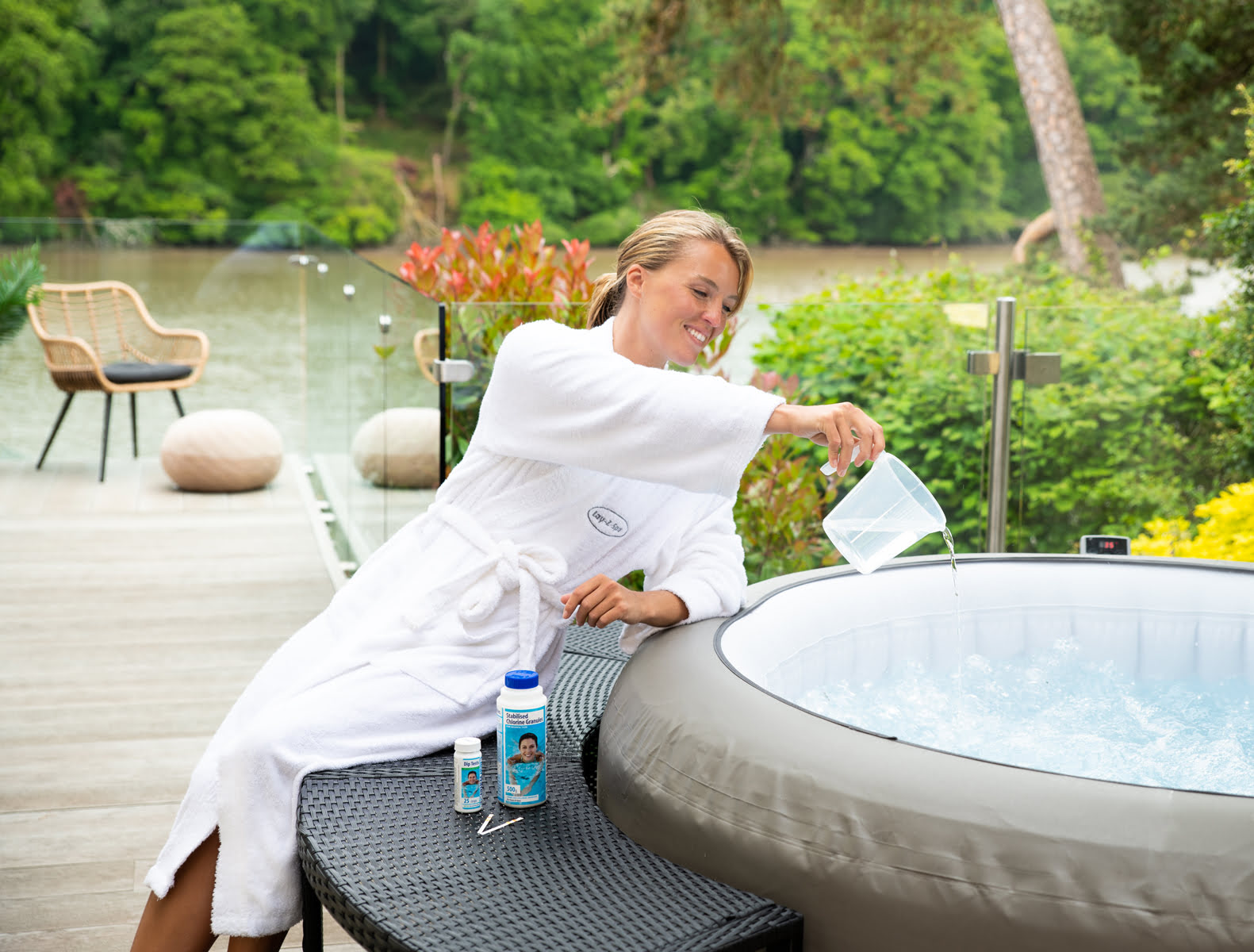
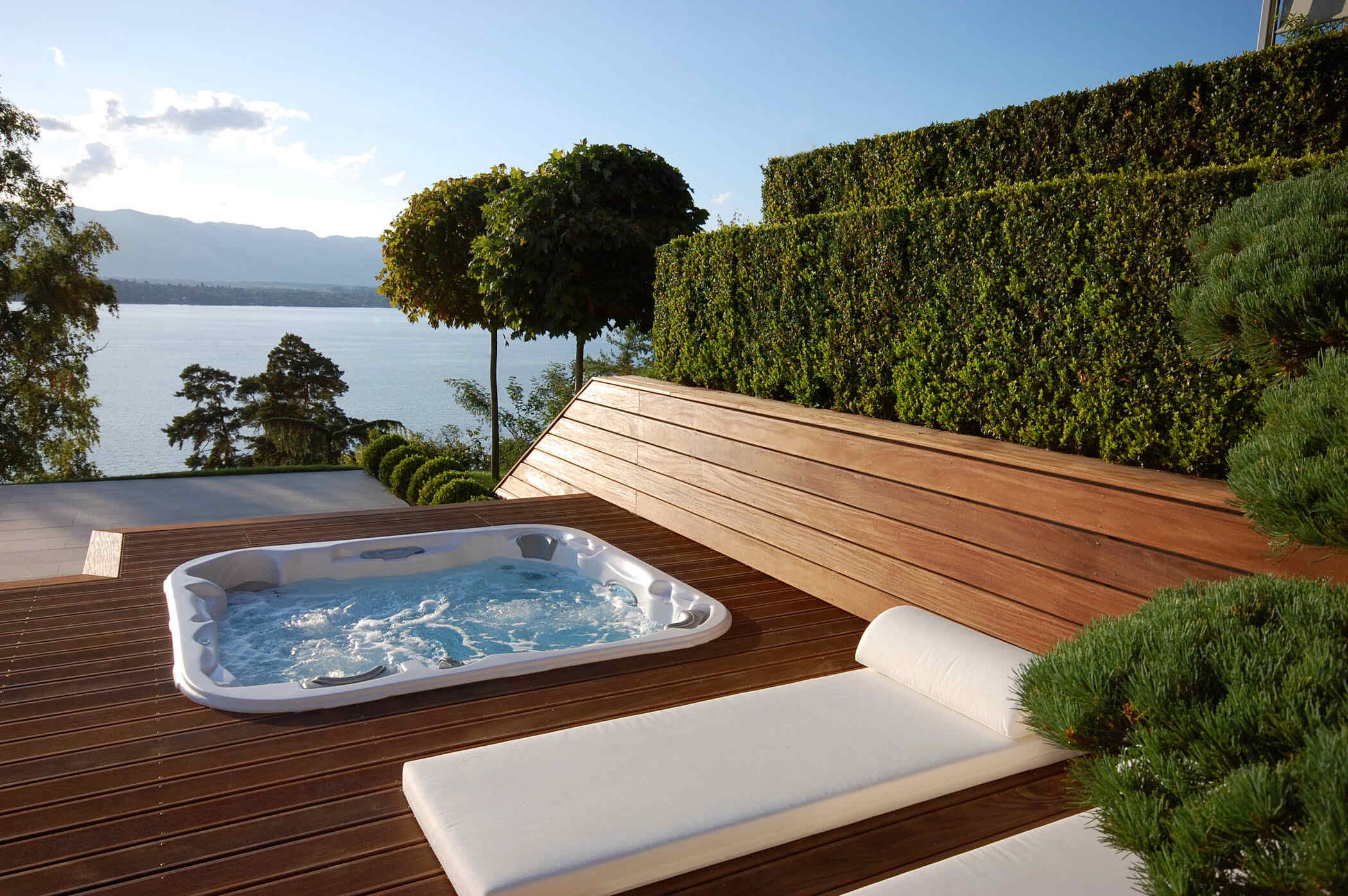

0 thoughts on “What Happens If A Hot Tub Freezes”